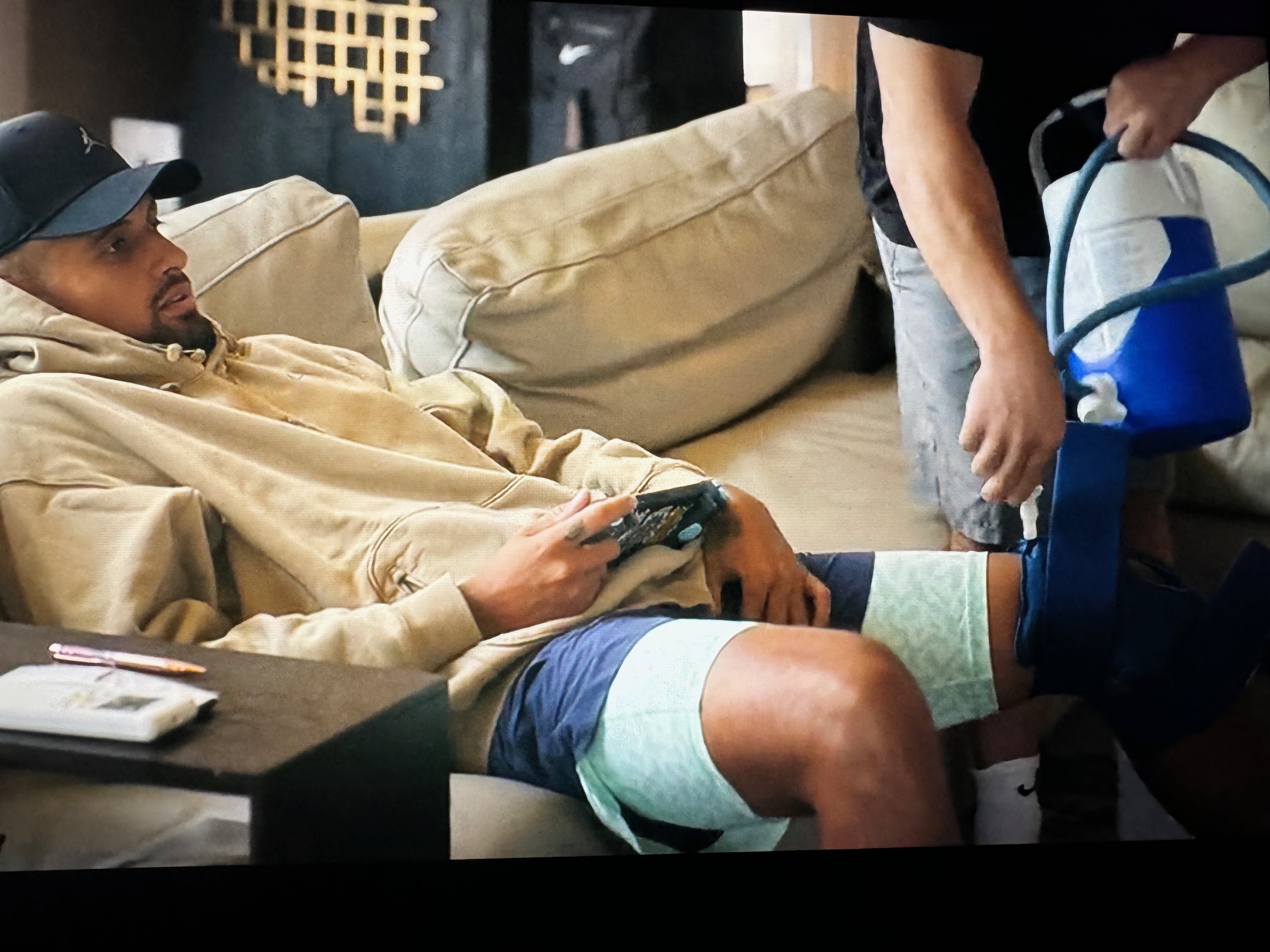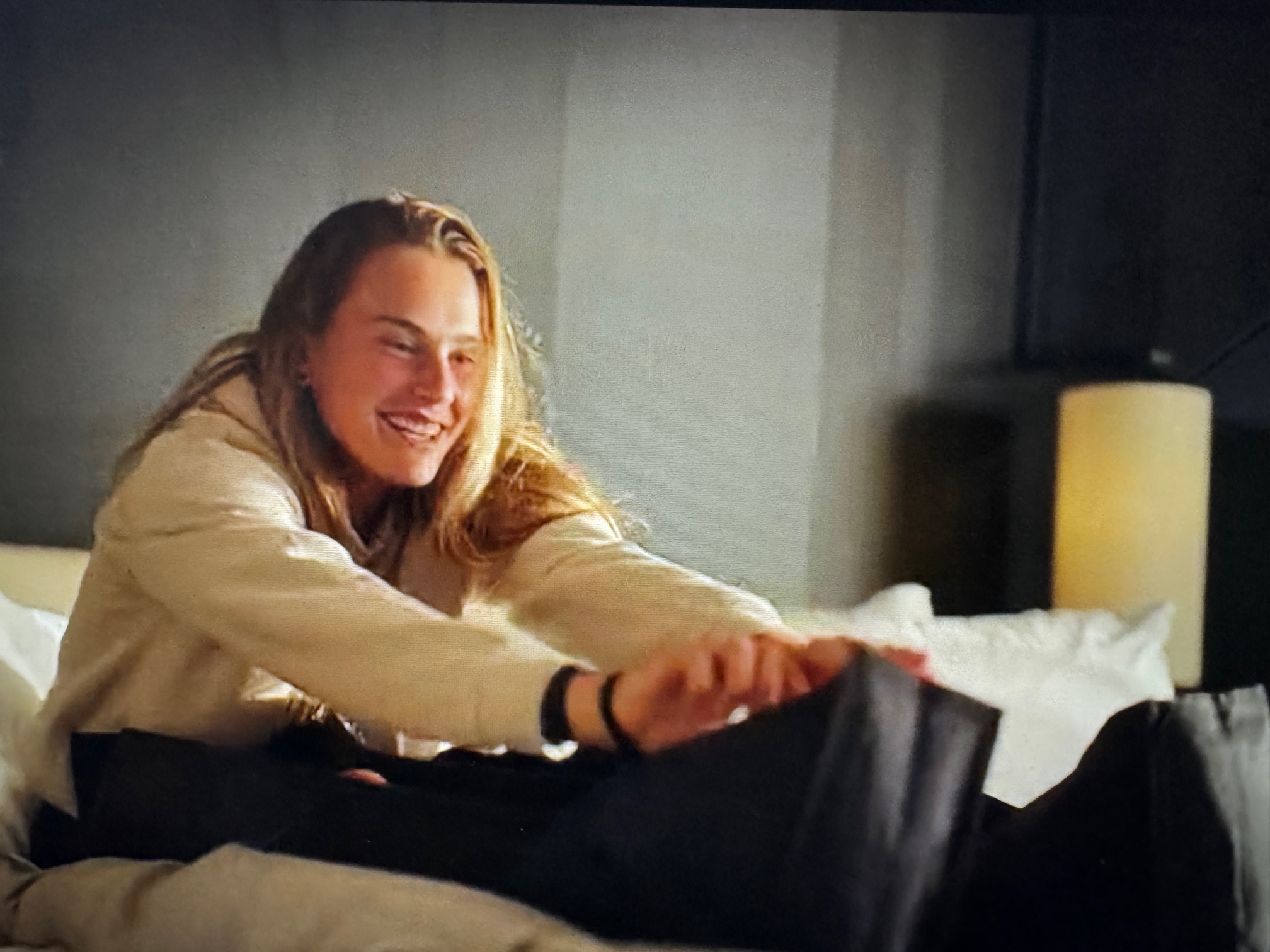This is the time of year when smart players structure their tennis as an off-season training block. That allows focusing on a few key things to improve on-court performance once the weather warms up and “matches that matter” resume. If you have not already considered your training objectives for January, consider this to be a friendly reminder that there is no better time than the present to invest in your competitive level.
Following a foot injury that hobbled me through much of last year, I was reluctant to resume high-impact interval training. My priority in 2022 was simply to keep myself healthy enough to play in three National level events that I was committed to toward the end of the year. After figuratively limping through those competitions, it is now time for me to start pushing the envelope of physical performance. My primary objective of this training block is the restoration of my footwork and agility, such as it is.
I have recently integrated a simple footwork pattern exercise adapted from the “Cross Drill” out of Nick Bollettieri’s Tennis Handbook (<-Sponsored Link) into my training. This coming Thursday I am running a full review of that valuable resource.
At this time of the year, it is a good idea to integrate training that doesn’t necessarily have to be performed on a tennis court. Weather can wreak havoc and indoor court time can be hard to come by. This drill can be performed in a gym, though it is easiest to visualize on a tennis court. Additionally, Nick’s version uses cones, but I prefer dots based on the belief that I am significantly less likely to trip over them.
The starting position is mid-court at the intersection of the service line and the center line. Dots are placed on both sides of the service line about 7.5 feet away on either side from the player. Dots are also placed 15 feet in front of and behind the player. I created a diagram that illustrates the positions. (If you don’t see a picture immediately below, your email or browser settings are blocking images.)

This footwork pattern starts out with the player moving laterally between the two dots on the service line. I simulate a ground stroke at each of those points and focus on using good technique with a crossover recovery step to the center. When Nick originally wrote about this drill in 2001, he specified a total of 4 reps for the lateral movement part of this exercise.
The second phase is to approach the dot at the net and hit a simulated volley. The player then immediately drops back to the dot near the baseline to go through the motion of hitting an overhead.
In my derived version of this drill, I use the “Seconds Pro Interval Timer App” to measure the execution rather than counting reps. My timer is set for 28 seconds for the lateral movement at which point a bell sounds signaling me to move forward for the simulated volley and then back for the overhead. That second phase of the timer is set for 32 seconds, which allows for a short recovery period after the simulated volley and overhead are completed.
Those settings give me approximately 35 seconds of high-intensity footwork movement followed by 25 seconds of rest and recovery. The durations were intentionally selected because 35 seconds is the average length of a tennis point, and 25 seconds is the amount of time allowed between points. In other words, those one-minute intervals are tailored very precisely for tennis purposes.
I love this drill because the movement is very tennis specific. It also works directly on my most pressing footwork need which is the initial drop step when moving back for an overhead. That movement was the most painful when I resumed play after my injury and consequently my brain has been defaulting to a reflexive “nope” recently when lobs are tossed my way.
While this drill can be executed with a practice partner who feeds shots to each location, for pure focus on proper footwork the absence of the ball is helpful. Shadow swings may be the most unappreciated tennis training technique in existence.
I made a video my first forays doing this drill earlier this week. One thing I noticed right off the bat is that my steps moving back for the overhead are very tentative. However, I think that my footwork was visibly more confident between the first and final reps on that clip.
The Cross Drill is a great exercise for improving general footwork patterns and increasing agility. You should give it a try.
Fiend At Court participates in the Amazon associates program and receives a paid commission on any purchases made via the links in this article. Details on the disposition of proceeds are available on the “About Fiend at Court” page.




Looks exhausting! Should we also focus on a split or shuffle step before the volley and emphasize crossover steps on the overhead retreat?